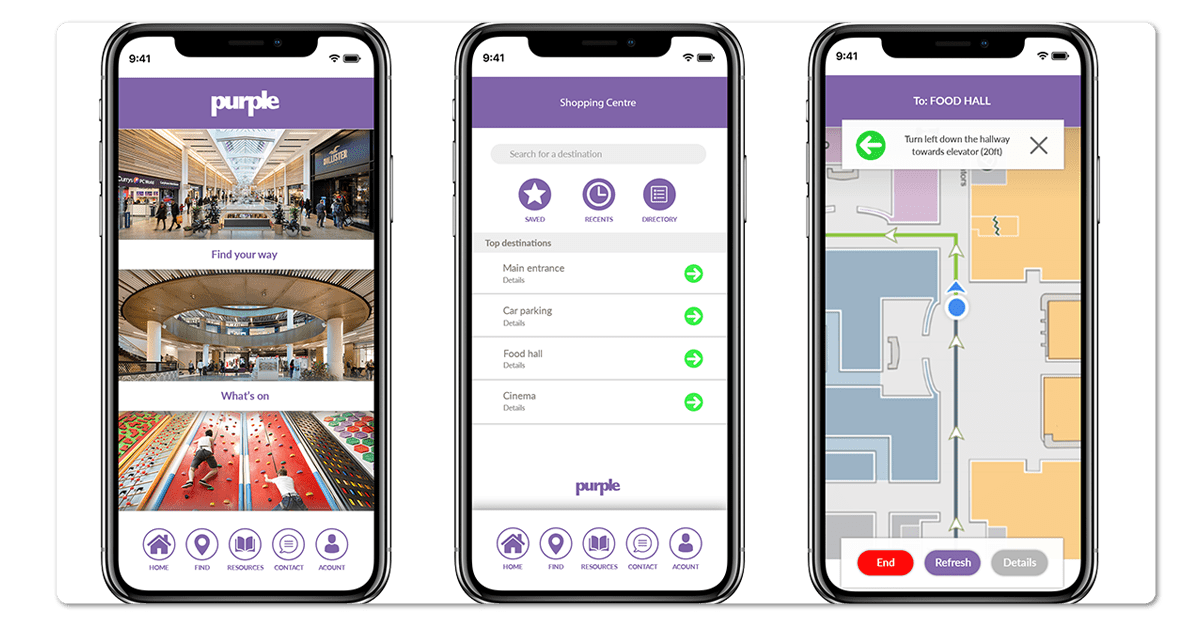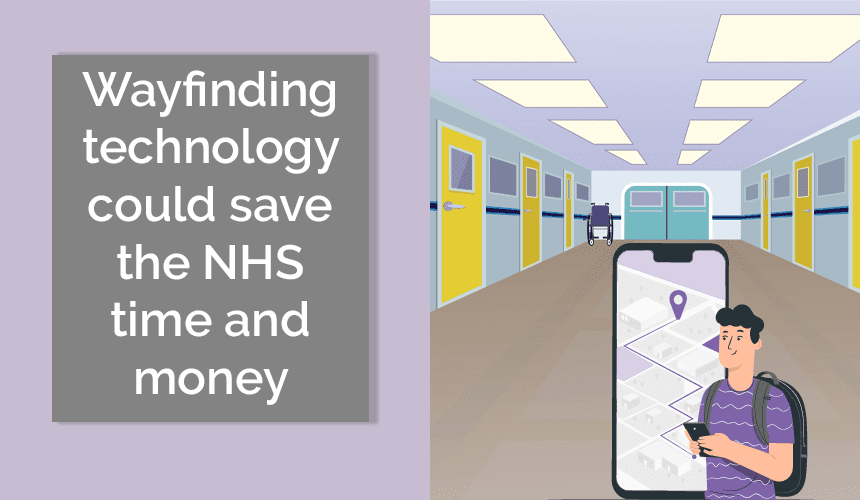Hospitals are notoriously difficult to navigate around, all corridors seem near-identical, every door leads to somewhere you’re sure you’ve just been 3 minutes ago and the signage is never very clear.
All of this leads to a daunting experience for any patient entering an unfamiliar hospital, and with the increase in population and evolution in the size of hospitals, it’s only going to get more difficult.
In the United Kingdom, other than being a potentially overwhelming prospect for any visitor or patient, It costs the National Health Service phenomenal amounts of money each year due to delays and wasted time.
Around 15 million appointments are being wasted each year and according to research conducted by The Guardian, poor navigation in hospitals equates to a significant amount of missed/late appointments.
This tremendous waste of time comes with a monetary value, at £30 average per missed appointment it puts the total cost to the NHS at more than £216 million on top of the disruption for staff and fellow patients that would pay for:
- The annual salary of 2,325 full-time GPs
- 224,640 cataract operations
- 58,320 hip replacement operations
- 216,000 drug treatment courses for Alzheimer’s
- The annual salary of 8,424 full-time community nurses
Not only can poor navigation affect patient travel but a recent study by BMJ Journals discovered that all junior doctors interviewed for the study reported getting lost on the way to urgent crash calls, potentially endangering lives as a result.
So clearly there is an issue with the current way staff, patients and visitors navigate around NHS hospitals, but why is this?
It’s due to poor wayfinding signage and outdated maps to put it simply.
How wayfinding technology could reduce these pain points within the NHS
People and staff getting lost seem pretty inevitable given the current wayfinding signage in most hospitals and I’m not saying its bad, it could just be clearer.
Indoor Blue Dot Mobile Apps would enable patients, visitors, and staff to navigate the indoors just like the outdoors with blue dot positioning, animated walking routes, and turn-by-turn prompts. Imagine Google Maps for indoors.
Purple’s wayfinding app uses geomagnetic location as smartphones have sensors that can interpret the Earth’s magnetic field variations inside modern buildings, much like animals do.
The app uses a hybrid approach that combines the use of geomagnetic location-based data with wireless access points, and BLE beacons to ensure its accuracy.
This navigation technology isn’t just restricted to the indoors either, the software connects with Google Maps or Waze, directing you to the hospital, and finding the nearest parking spot all before zooming in and enabling you to navigate the indoors.
The use of such technologies has been implemented in the USA with huge success for both patients and employees.

Example of wayfinding technology implementation in the United States
Currently, in the US, Purple works with a large variety of the United States of America’s top healthcare locations and hospitals, such as Sarasota Memorial Hospital to reduce the amount of late and missed appointments due to poor wayfinding navigation implementation previously.
Sarasota Memorial Hospital (SMH) was built in 1925 and over the years has experienced more than 18 renovation and expansion initiatives.
Expansion often makes traveling the campus complicated because of parking updates, new building additions, relocation of common entry points, and the connectivity of those areas within the campus footprint.
With its current 1.8 million-square-foot campus and 10,000 daily visitors, the hospital felt it was the right time to leverage mobile solutions to further enhance the patient experience.
Within 12 months, the hospital saw over 3,000 patients using the blue dot GPS app and SMH saw an 80% decrease in wayfinding-related questions, creating a large increase in patient punctuality.
Not only did the implemented wayfinding assist with patient navigation, but employees were also using the system.
Summary
Most of us live in front of screens or at least spend a significant amount of time on one and it just seems that the old style of colored lines and arrows on the wall in hospitals or any large complex building is perhaps slightly behind the times.
With reports indicating that poor wayfinding contributes a sizeable factor to missed appointments and even staff confusion, hopefully, the NHS will begin to look into alternative and new wayfinding solutions in the near future.
